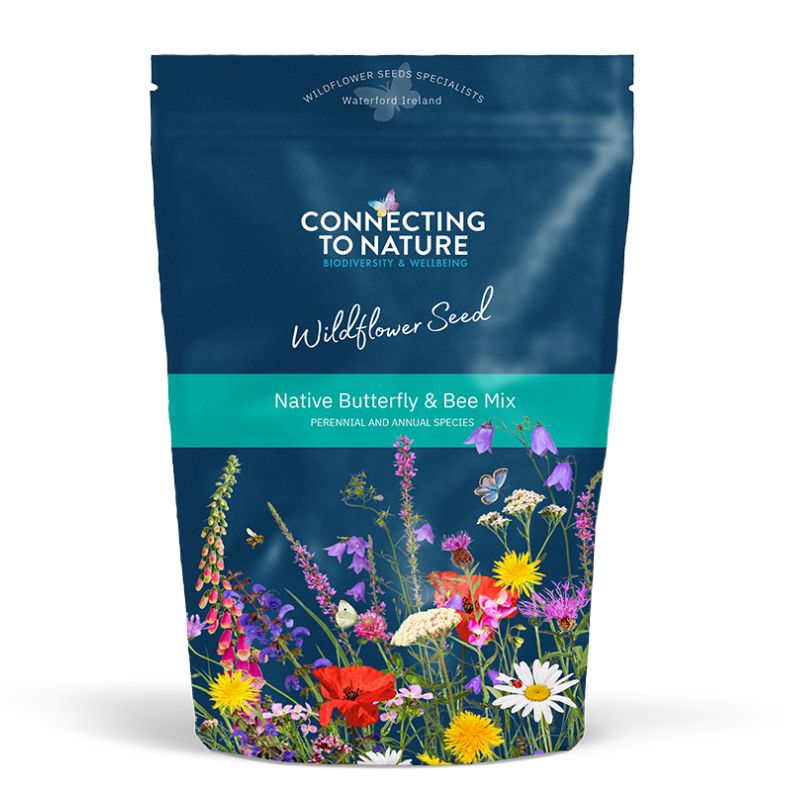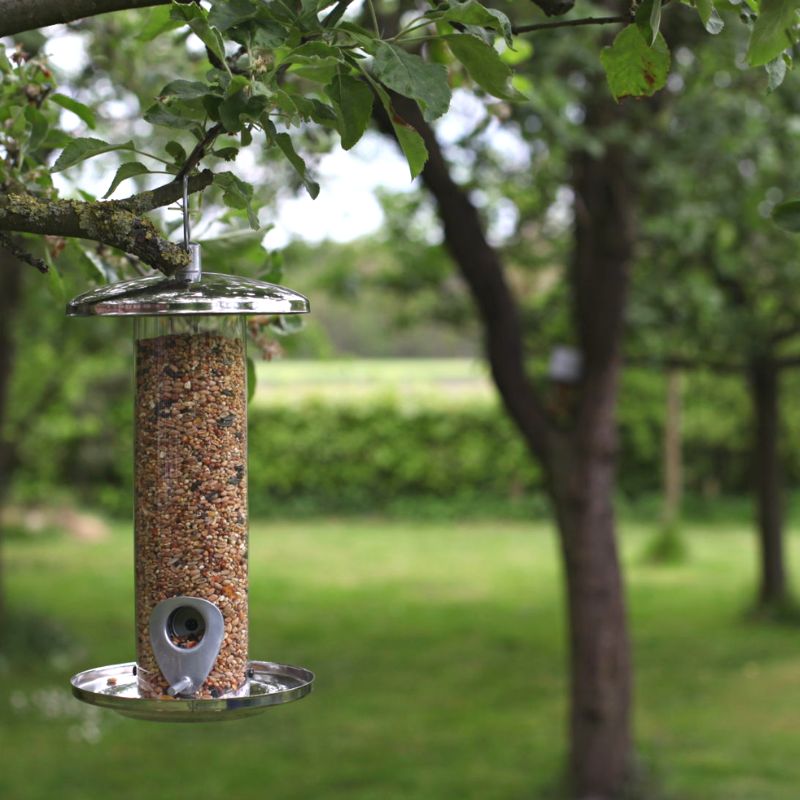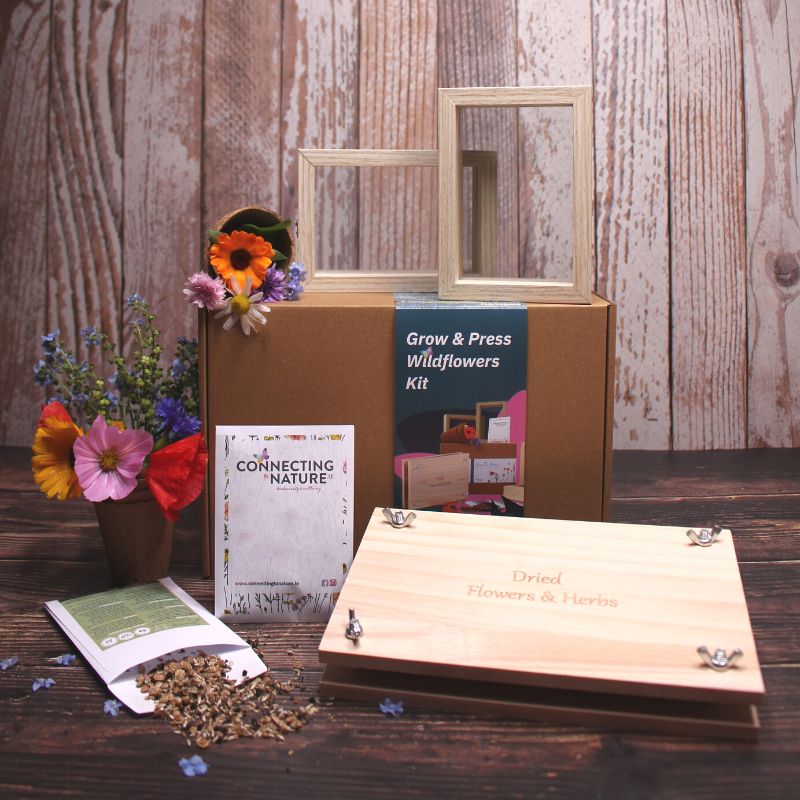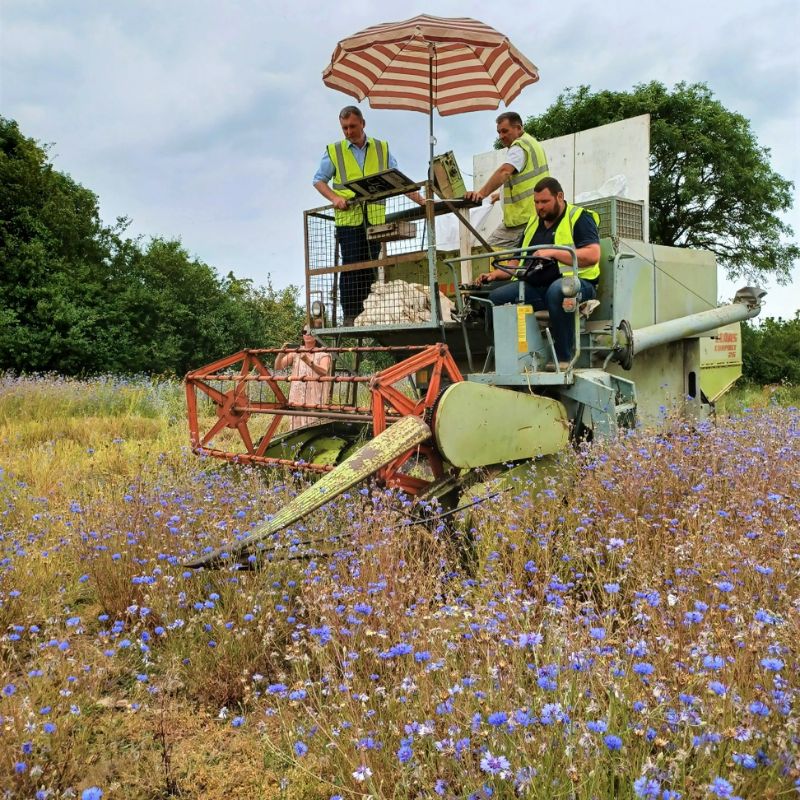Maintaining Wildflowers & Aftercare
Do wildflowers need maintenance?
We are frequently asked the question 'Do wildflowers need maintenance?' the answer is yes, but very little.
One of the great beauties about handing over your garden, or part of your garden to nature by growing wildflowers is that there is very little maintenance involved.
Getting the little maintenance that is required correct will let you enjoy the returning wildflowers for years to come.

Establishment Year Maintenance
If you have well prepared a stale seedbed in advance of sowing, you will find that there will be very little to no weeds growing amongst your summer meadow and therefore, little to no maintenance required.
However, if you do identify weeds while your wildflowers are establishing, remove them by hand. Careful not to remove any of the wildflower plants though!
Perennial weeds, such as docks, thistles and nettles should be removed by hand before they go to seed to ensure their seeds don't germinate amongst your wildflowers and dominate the area.
Nettles can be repeatedly cut to eradicate. As a last resort, spot treat weeds.
Charlock, Oilseed Rape and Wild Mustard are common weeds in wildflower meadows near tillage land. Although these weeds produce tall yellow flowers, they should be removed by hand once identified so as not to crowd out other establishing wildflowers.

Autumn Wildflower Maintenance
As we head into Autumn, many of the wildflowers in our meadows have passed their best as they reach the end of the flowering period. You will know it's time to cut them back when the petals have lost their colour and the seed heads begin to dry out.
The management of your meadow will vary slightly depending on what type of meadow you have sown.
Most of our mixtures contain both annuals and perennials. The annuals put on an impressive display in year one while the perennials are establishing, and flower for the first time in year 2.
Annual only wildflower meadow
Annual flower species complete their lifecycle in one year, i.e. they germinate, grow, flower, set seed and die in one year. As a result of their short lifecycle, their flowers are impressively vibrant in colour, often with fluorescent oranges, striking blues and vivid reds - the type of wildflowers everyone wants in their garden.
Our Annual only mixtures: Annual Pollinator Mix & Cornfield Annuals Mix
What to do with annual wildflowers in Autumn:
1. Cut your annuals wildflowers down to the ground level in the Autumn. If the weather is forecasted to be dry, you may leave the cuttings there for a day or two, allowing seeds to drop onto the seedbed, then remove the cuttings.
2. Loosen the soil using a rake, harrow or by lightly rotivating, then level off.
3. More seeds should be resown for a following summer of colour. Scatter the seeds over the seedbed and press into the soil, as you did with the initial meadow.

Perennial wildflower meadow
Perennial Flowers tend to be a bit more muted in colour than annuals but with a warmer tone and often more intricate flower shapes. Perennials germinate and produce foliage in the first year, flower in the second year, and continue to flower summer after summer if managed correctly.
What to do with perennial wildflowers in Autumn:
1. Cut the meadow or wildflower area back to approximately 4-10cm in height.
2. If the weather is forecasted to be dry, you may leave

Why should I cut my wildflowers back in Autumn?
Cutting your wildflowers back to a height of approximately 4-10cm in height will give new and existing plants better access to light.
Importance of removing the cuttings: Removing the cuttings will ensure these new and existing plants are not smothered out. Removing the wildflower cuttings will also ensure that soil fertility is kept low (wildflowers grow best in less fertile soil). If the cuttings were left to rot into the ground, the soil fertility would increase and encourage weeds and grasses to grow.
How do I know it's time to cut my wildflowers back?
As we head into Autumn, many of the wildflowers in our meadows have passed their best as they reach the end of the flowering period. You will know it's time to cut them back when the petals have lost their colour and the seed heads begin to dry out.
Grass is growing amongst my wildflowers, how do I control it?
Let us introduce you to the 'magical' Yellow Rattle. Yellow Rattle is a ‘hemiparasite’, meaning it is a parasite on grass. It is commonly used as a natural tool to control grass growth amongst wildflowers. Yellow Rattle seed can be over sown into a wildflower meadow in Autumn after the meadow has been cut back and the cuttings removed. Read more on using Yellow Rattle.
Spring Maintenance
If there is grass growing amongst your wildflowers, in early spring (no later than early April) you should cut the meadow back to approx. 7-10cm in height to allow establishing wildflower plants better access to light. Remove the cuttings so as to not smother out these establishing plants.
By following these simple management tips, you will create a long-lasting meadow that will flower year after year and create a permanent habitat for you and our native wildlife to enjoy.











